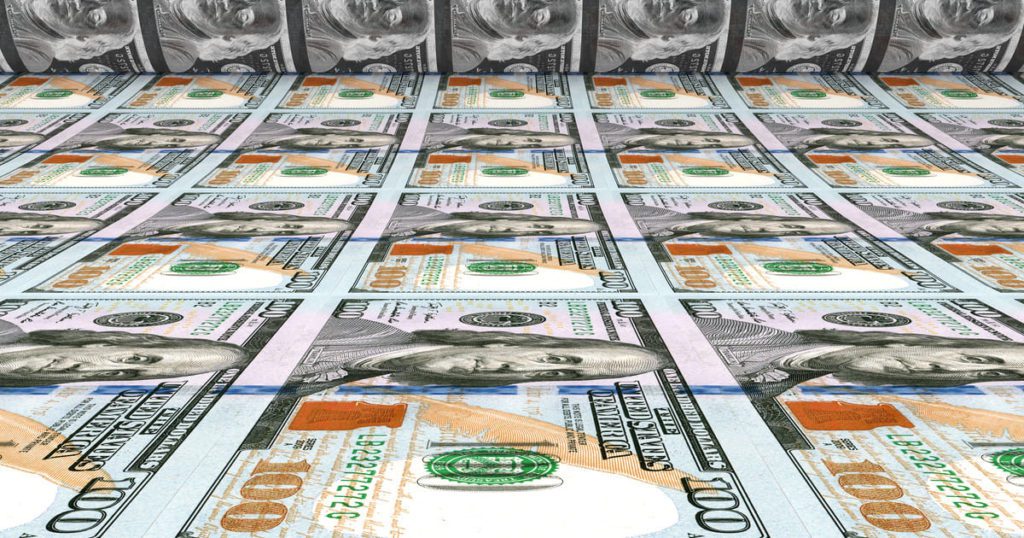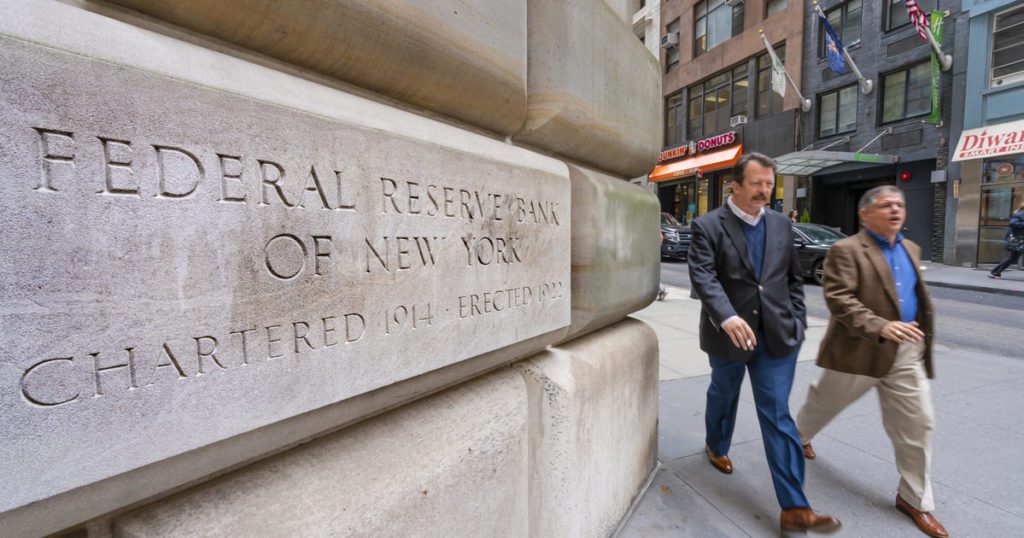In today’s market, inflation is a highly relevant topic. You may have heard people talking about inflation or you’ve heard it on the news, especially in the past year. But precisely what is causing inflation in 2022, and why is it important?
We’re going to take a deep dive that explores:
- What is causing inflation in 2022?
- What is the relationship between purchasing power and inflation?
- How are inflation and purchasing power measured?
- How do the Federal Reserve and inflation relate?
- How to calculate money supply?
- What is a country’s gross domestic product?
- What is consumer price index, and how is it calculated?
Read more to find out.

What is the relationship between purchasing power and inflation?
Before understanding inflation, you’ll need to learn about currency and what factors dictate the value of a currency at any given point in time. Currency is anything you use to purchase goods or services. We’ll focus on the United States dollar, but inflation can apply to any currency.
Inflation is defined as the decline of purchasing power of a given currency over time. But what is purchasing power, and what is the relationship between purchasing power and inflation? Essentially, purchasing power is the measure of how much food, gas, clothes, etc. you can buy with the dollar today.
Purchasing power is measured over time, from quarter to quarter or year to year, to give us the rate of inflation or deflation. When purchasing power increases, we have deflation. When it decreases, we have inflation.
How are inflation and purchasing power measured?
Next, we’ll have to understand how to measure purchasing power: The purchasing power of a dollar at a given point in time (i.e., the value of our currency) lies in the number of dollars that are in circulation compared to the amount of goods and services available. This ratio of dollars to goods and services determines the dollar’s purchasing power.
If you’ve ever talked to an older person and asked about the price of their first car or house, you might have been shocked by their answer. They might have said their first house cost around $12,000. That’s the power of inflation over a long period.
The purchasing power of those $12,000 dollars has decreased over time. So the same $12,000 will now only buy you a used Toyota Camry today instead of an entire home (as it did 50+ years ago). And that’s because of inflation. As another example, one dollar in 1916 purchased the same amount of goods and services as $26 does today.
So if the number of dollars in circulation compared to the amount of goods and services is what determines the purchasing power of the dollar, then who determines how many dollars are out there in the economy? That’s where the Federal Reserve and inflation come in.

The Federal Reserve and inflation
In a nutshell, the Federal Reserve is the main central bank of the United States. (Other countries have their own versions of the Federal Reserve.)
There are many different stories out there about how the Federal Reserve was founded. The official story claims it was set up by the Federal Reserve Act of 1913.
However, another history of the Federal Reserve begins a few years earlier in 1910 when four–five of the world’s richest people including JP Morgan and Rockefeller met on Jekyll Island (no joke) and came up with the plan for the Federal Reserve, which was then codified into law in 1913. If you want to learn more about this, read the book “The creature from Jekyll Island: A Second Look at the Federal Reserve“.
So the Federal Reserve is the central bank that controls the money supply of the United States. They also try to manage employment rates, maintain stable prices and promote a healthy financial system through the amount of money in circulation and the level of interest rates. To learn more details about how this works, check out the video “How the Economic Machine Works” by Ray Dalio.
How to calculate money supply
So inflation happens when the amount of dollars in circulation increases faster than the increase in goods and services available in the economy. But if the Federal Reserve sets the amount of dollars in circulation, how do we measure that amount?
Economists use various measures to figure out the money supply, which are called M1, M2 and M3.
The difference between these three measurements is based on which asset classes are used to figure out how much money is in circulation. The measurements assess how much money is sitting in banks, checking and savings accounts, certificates of deposit (CDs), money markets and more. The measures to get an idea of how much money is out there in circulation.
To give an example, from 2017–2019 the M2 money supply was hovering between $13T–$15T. That was the total amount of money circulating within the United States economy. However, from 2020–2022 the M2 money supply has climbed to $21.8T — an increase of more than 42% in just three years.
And as we’ll explain in a minute, this is likely what is causing inflation in 2022 at such high rates. We’ll also give you some tips on what to do about it in our next blog, which will cover the main causes of inflation. So be sure to check out more of content to learn more.
What is a country’s gross domestic product?
In addition to measuring the money supply, it’s important to know how many goods and services are available in the economy. As we track the money supply compared to goods and services, we can track the rate of inflation. For this, economists use a measure called gross domestic product (GDP).
So what is a country’s gross domestic product? It’s a measure of the total amount of goods and services produced by a country’s economy. Essentially, inflation increases when the amount of dollars increases compared to the amount of goods and services produced. M2 tells us how many dollars there are, and GDP tells us how many goods and services are being produced.
What is consumer price index, and how is it calculated?
Now that we know the amount of money in circulation using M2 and we know the amount of goods and services available using GDP, we can figure out the purchasing power of each dollar. And when we compare changes in purchasing power or price changes of goods and services over time, we can figure out the inflation/deflation rate using consumer price index (CPI).
So what is consumer price index, and how is it calculated? CPI measures the overall change in consumer prices over time based on a representative basket of goods and services, which represents the average amount of goods and services an average person buys in a year. So one problem with using this measure is that it may not account for the things that you actually purchase.
For example, if a person buys a lot of bananas, their experience might not reflect the current consumer price index. That’s because the price of bananas has increased from 50 cents per pound to 64 cents per pound over the last 20 years. That’s only a 28% increase (or 0.14% annually), which is lower than the average 2–3% annual inflation rate measured by the CPI for that same time period.
However, another person might drive a lot, and more of their monthly budget goes toward gasoline. That person has seen more than a 200% increase in gas (from $1.41 per gallon to $4.11 per gallon) in the last 20 years, which is a 10% annual increase rate. That’s much higher than the overall inflation rate of 2–3%.
All that to say, if you personally spend more of your budget on bananas than gasoline, you will not feel the effects of inflation nearly as much as someone who spends more of their budget on gasoline.
That’s why you should take the CPI inflation numbers you hear on the news with a grain of salt. Depending on your specific situation and spending habits, you may feel the effects of inflation more or less than your neighbor.

Conclusion
If you’re interested in learning more about inflation about the causes of inflation and some tips on what you can do about it, be sure to check out our next article that we’ll be posting soon.
To start protecting your money from inflation with a wise investment strategy, connect with one of our advisors, or learn more about our Christian financial advisor services and Biblically Responsible Investing today.
- Blog/
Are ESG Investments Compatible With Christianity?
The Crypto Ponzi Scheme: a Biblical Perspective
What Is Causing Inflation in 2022?
How to Adopt a Biblical Work Ethic

Biblically Responsible Investing Guide
Learn how to avoid investing in companies that engage in un-Biblical activities.
Enter your email and join our community
Need help from our experts? Contact us for a free consultation.

